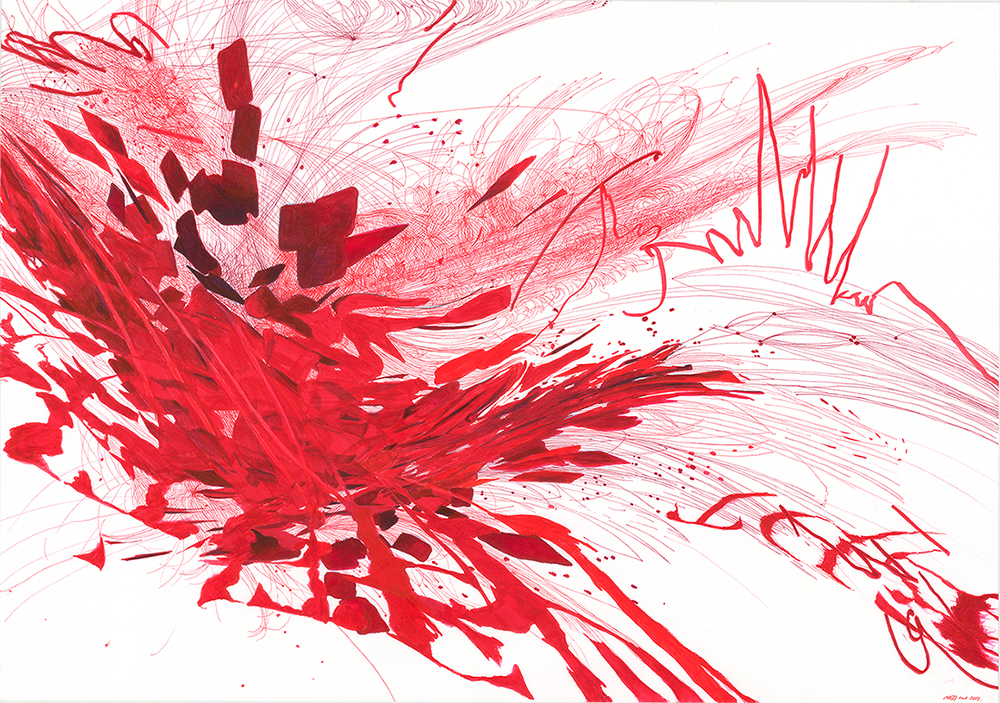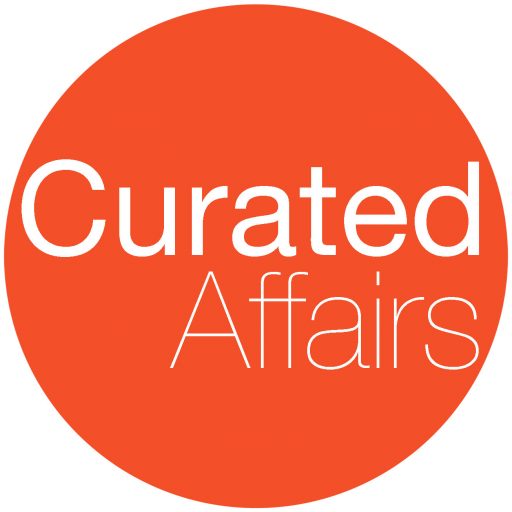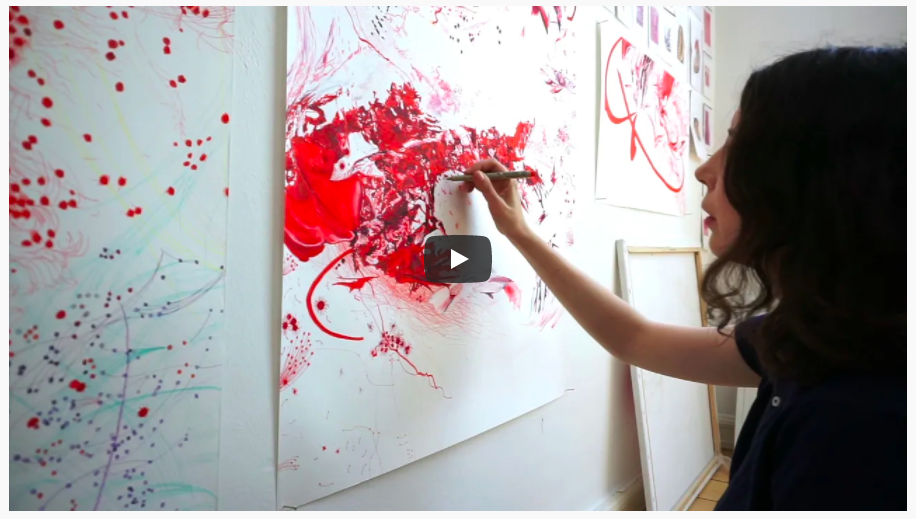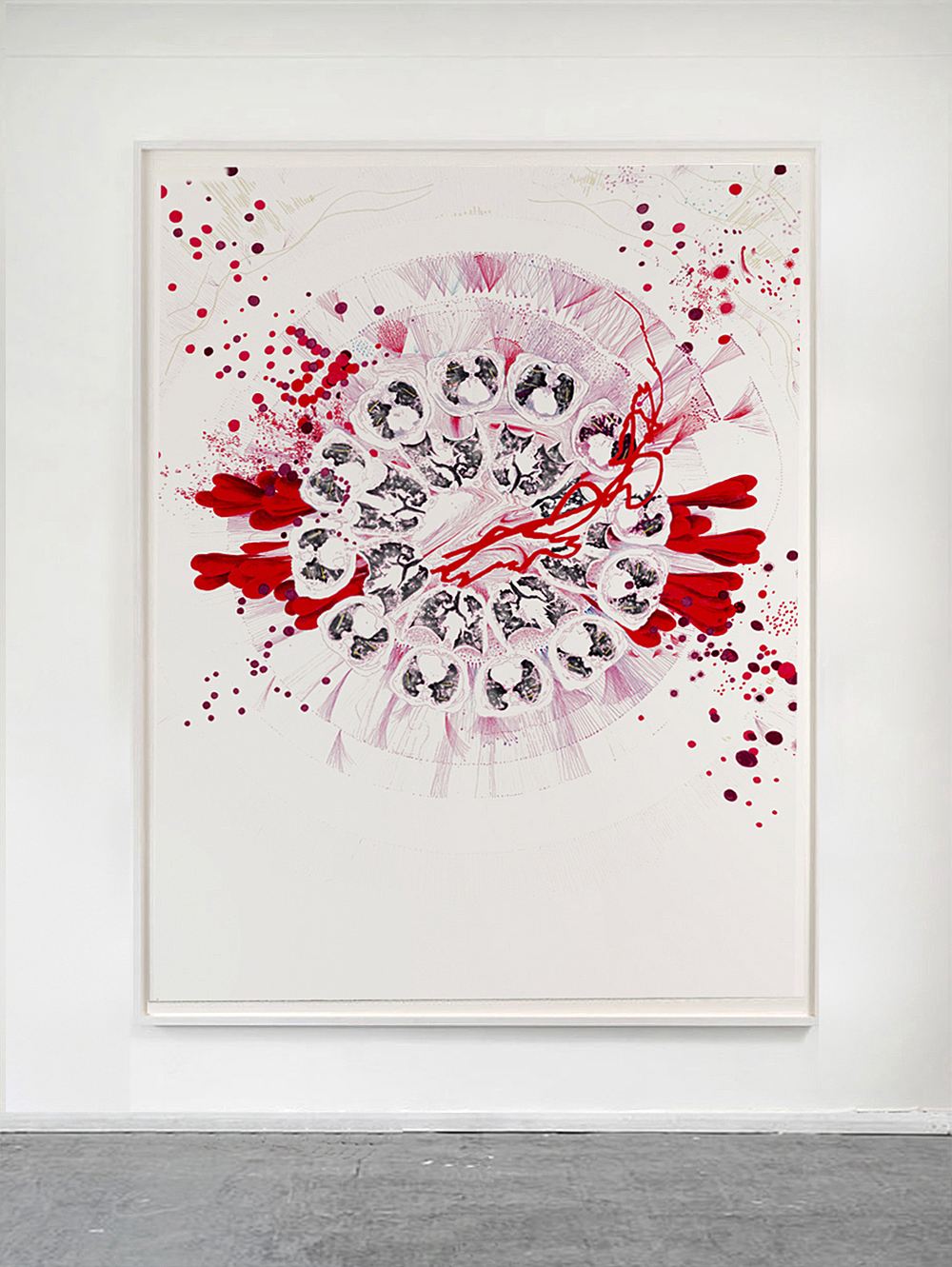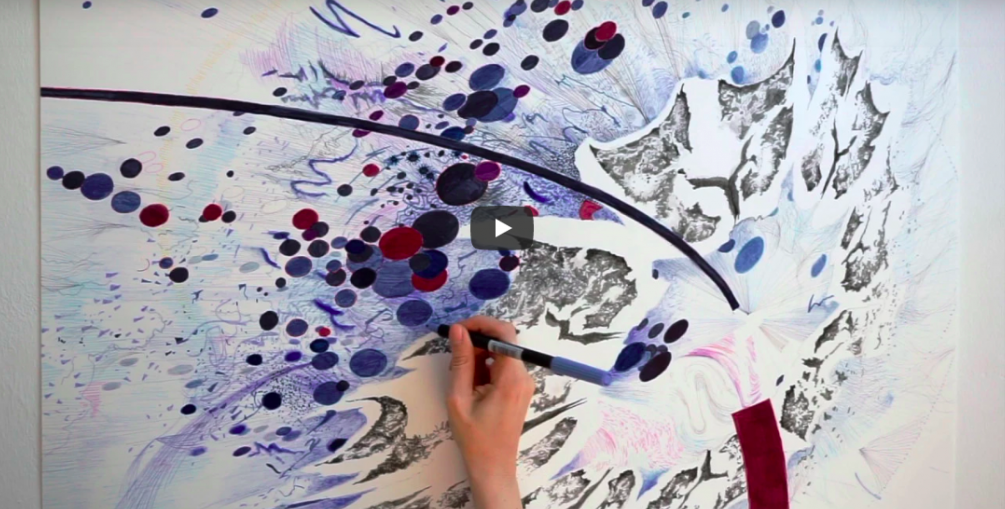
Die Zeichnungen von Maess Anand sind von wissenschaftlichen Materialien, mikroskopischen und histopathologischen Bildern sowie den Vorstellungen der Künstlerin von Krankheit und Gesundheit inspiriert. Im Rahmen von DAS BLATT stellen wir ihre neuesten und bisher unveröffentlichten Corona-beeinflussten Arbeiten auf Papier vor, begleitet von einem Interview (in englischer Sprache) mit der zwischen Berlin und Warschau lebenden Autorin und Kuratorin Paulina Olszewska.

Paulina: When I first saw your works I was very surprised. This virus should be ugly and disgusting! But it is not. It is a very attractive, beautiful and seductive image. How come such a dangerous invisible thing can be so alluring?
Maess: The notion of beauty can be highly subjective. Whilst you experience allure, the works have also been found to be off-putting for some, and even evoking fear in others. My drawings conceived during the pandemic are the interaction between the fruits of the current situation (lockdown, social distancing etc.) and recent personal events in my life. I have been recovering from a non-COVID-19 related lung disease for over a year, which is a lengthy process with non-linear progression. The year before the pandemic I lived from one CT scan to another, and the notion of gasping for air has been a very familiar feeling. Most of the art that I saw during this time were the ones hung on hospital corridors and waiting rooms. The serene landscapes, coral reefs, „inoffensive“ abstraction were installed in these spaces to assist patients and their loved ones in their most vulnerable moments. I felt that these pictures were a cruel joke. Perhaps, as a result of this conditioning, I had become scared of these kinds of art and hence aimed to create the opposite of it. I want to convey the complexity of being ill and not sugar coat it, and yet draw attention to the certain beauty found in medical data and imagery that one could find „so different, so appealing“. By creating these works, I wanted to explore the duality of these spheres; to combine those raw moments, gasping for air, the rhythm of pain, cables that protrude from a patient’s body, web-like data sets visualizations, aesthetics of news broadcasting sets, emerging hubs of new COVID-19 cases on the world map.
Paulina: It seems like your work is inspired by your personal experience and a permanent fight with a disease. In some texts about your artistic practice, I found a comparison with famous Polish artist Alina Szapocznikow. I would agree with that, but instead of her sculptures or objects, I would refer to her drawings. It is not only because of the medium, but because I also see the same idea between you two – to present something, which is unseen but extremely destructive and to present permanent personal struggle (see below). Her drawings are very simple and reduced, but very elaborated at the same. Yours are more detailed, but also extremely expanded. Could you tell me more about the process of creating? When do you start and how does the work develop?
Maess: I admire Szapocznikow’s work and the drawings you have sent me are particularly close to my heart. These drawings are also a memento of the past century; the processes inside the body were more obscure, In the 60-70s, the access to medical data, journals and imagery was limited (and hard to come by non-medical professions). The stature of doctors was much more elevated, almost godlike and they were not likely to share much information with patients. So as an artist/patient in the late 1960s Alina Szapocznikow faced a more ambiguous world, brutal procedures, and the process of treatment was not transparent. All these realities are reflected in her body of work. In my belief repeating Szapocznikow’s approach will not be pushing forward. Coming of age at the beginning of the XXI century throws an artist/patient in a different landscape, within an information and images overload, and the challenge now is to make sense of it. My works are about processing what happens inside the body, using different medical imagery (i.e. histopathology views, CT scans, survival graphs, electron microscope views) and making use of what is available in our times. This wide access to information and this new environment consequently emerges in my drawings whose visual side is influenced by the innovative medical discoveries, access to scientific publications, and advanced imaging technologies. Regarding my process, I usually start with an idea, picking a „research interest“ and look for suitable motives. In addition to medical data, search for other stimuli associated with the given topic. In blue COVID study, I was thinking about overbearing glissando of an ambulance passing by, and its piercing blue light reflected on the streets. During the lockdown, the ambulance sound and its frequency was a daily measure of „how bad it is“. In the worst days, it has been around 11, recent days 1-2. Also, reading stats and analyzing dynamic maps of new cases became a daily ritual. I was also drawn to the aesthetics of news broadcasting sets and used COVID-19 stricken chest CT scans combined with dark spots that could have been air bubbles. Further on, the planning composition is made by using 3D and 2D software. I test various perspectives and then print the first digital render/sketch. The final version is entirely drawn by hand, preserving human imperfection and adding improvised elements to the composition.
Paulina: I know that music is also close to you and it appears in your works as well. Where does it come from and how does music influence your artistic practice?
Maess: I received a classical music education and studied violin and musical theory with the aspiration of becoming a composer until my late teens. As an 8-year-old I was hilariously certain that I will study at the Chopin University of Warsaw and inevitably debut at Warsaw Autumn Festival (formidable example of Dunning-Kruger-Effect). Upon graduating from J. Elsner School of Music in Warsaw I realized that the musical training I have received since childhood made me restrained and conservative when it comes to creating music. The freedom and creativity I craved were to be found in visual arts. When I started drawing it was a leisure activity. I felt no weight of expectations as opposed to the closed environment of one-on-one lessons mastering an instrument and constant judgment. Before graduating, it became clear to me that instead of the Academy of Music I would try to get into the Academy of Fine Arts instead. Although music never left my side and influence, I was later able to connect the two in 2018. The fortuitous encounter happened during my residency in New York where I met curator Inés Ruiz Artola. This meeting resulted in the invitation to exhibit works in conjunction with Warsaw Autumn Festival in Austrian Culture Forum along with Ruth Anderwald + Leonhard Grond. For the exhibition I decided to explore Witold Lutosławski’s legacy and his ties to the Festival; The drawings conceived especially for the exhibition were inspired by works of Lutosławski: Piano Concerto and Concerto for Orchestra. Following the steps of musicians turned visual artists, notably Paul Klee and Wassily Kandinsky, I intended to use my training in classical music to develop contemporary tools to visually relate to the works of the composer, employing mainly 3D visualizations software, and programming particles to simulate „controlled aleatorism“ – the term used by Lutosławski.
